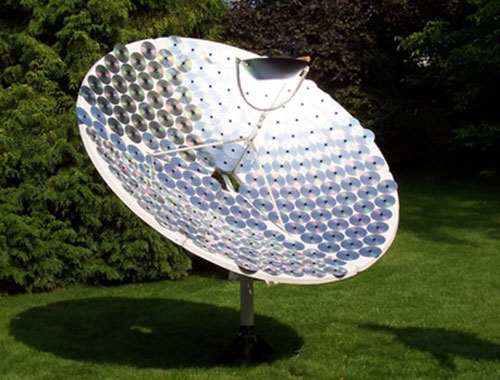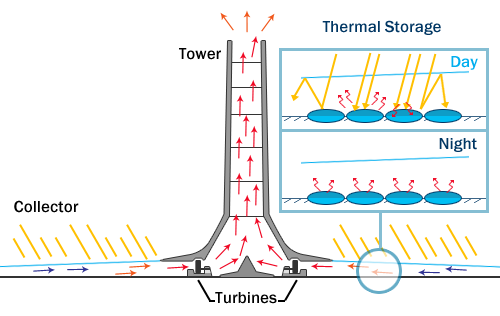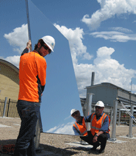One of the chief criticisms fossil fuel narks level against solar power is its alleged inability to provide baseload power. This is defined as the minimum amount of energy needed over a 24 hour period to satisfy the utility’s customers. What about cloud cover? This is the critics’ plaintive cry and rallying point as they call for further subsidies for their beloved, earth-destroying coal and oil fuelled energy sources.
They have a point though, what of cloud cover (known as solar intermittency) reducing solar’s effectiveness? According to the aforementioned narks, solar power is unable to provide energy reliability due to this factor preventing the full exploitation of the sun’s energy potential and therefore cannot be considered a reliable form of energy. [Read more…]





 RSS - Posts
RSS - Posts



Currently Raging Debates: